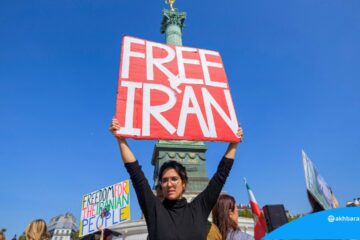Lebanese hospitals received the dead and wounded from recent accidents.. What do the numbers reveal?
The number of people killed in the explosion of communications devices used by elements of Hezbollah In Lebanon, about 32 people were killed and thousands were injured in two consecutive days of unprecedented security breaches that put Israel and Mossad in the line of accusation.
The death toll in Wednesday’s attack on the wireless devices reached 20, and more than 450 people were injured, according to the Lebanese Ministry of Health.

The events of Tuesday and Wednesday, with a torrent of bloodied people pouring into Lebanon’s hospitals, were seen as a test of whether the crisis-hit health sector could handle a mass casualty event like what might be expected in a wider war with Israel.
Frontline workers described hellish scenes, with thousands of victims of small explosions rushing to hospital, some with limbs protruding, others with faces missing or hands missing fingers.
The developments come amid ongoing crises in Lebanon, which has lurched from one crisis to another in recent years, including a financial collapse in 2019 and the Beirut port explosion in 2020. Government funds for hospitals have largely dried up and thousands of doctors and nurses have left the country, adding to the pressure on those who remain. But Health Minister Firass Abiad said the sector had responded well in the past two days, partly due to months of preparation.
Al-Abyad spoke about the efforts made by health sector workers, referring to initiatives undertaken by Arab brothers in neighboring countries.

The Lebanese Ministry of Health had launched Emergency room Health, in the past few months, its mission is to coordinate between the various health actors, including hospitals, drug and supplies warehouses, health workers, and ambulance teams, in addition to collecting information, monitoring, and calculating resources, whether human resources, drugs, or equipment, in anticipation of the expansion of military operations in southern Lebanon.
More than 400 surgeries were performed on Tuesday, mostly for facial and eye injuries.
“That was a very big test,” the health minister said. “Can we move to bigger tests? I don’t know.”
In operating rooms
Some health care workers described a strong sense of pessimism about what might come as tensions between Israel and Hezbollah reach a peak, raising fears of a wider war.
Elias Jarada, a veteran eye surgeon and Lebanese MP, said he operated for more than 12 hours straight after Tuesday’s explosions, dealing with the most serious cases requiring reconstructive surgery.
“I didn’t understand why we were trained to hold back our emotions until I started doing it, until I saw the many things we faced yesterday and those we might face in the future,” he said, breaking down in tears at his clinic in Beirut.

Speaking to Reuters during a short break before returning to work, Jaradah compared the scale of the casualties to the August 4, 2020, chemical explosion at Beirut port that killed more than 200 people and injured about 6,000 others.
“You rebuild every patient to rebuild a part of Lebanon, to bring Lebanon back to life,” Jaradah said.
For her part, Dania Al-Hallaq, a healthcare specialist at a Beirut hospital, said she is struggling to deal with what she has seen so far.
“I had to remove the bandages only to find that there were no eyeballs in place,” she said.
“I saw people being slaughtered for the first time,” she added. “Is it possible for one to recover from such a sight?”




